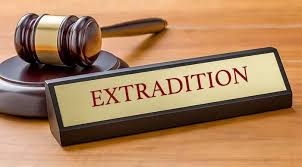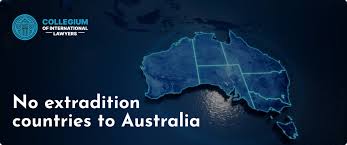
Examining Strict Alcohol Regulations: A State-by-State Overview
The laws surrounding alcohol consumption in the United States vary widely across states, with some jurisdictions imposing notably strict regulations. Understanding the nuances of these laws can provide insight into the cultural attitudes towards alcohol and its consumption. For a detailed examination, refer to the strict alcohol regulations by state beerconnoisseur.com/blogs/top-8-states-strictest-alcohol-laws-us/ in the US.
Alcohol regulations in the United States are deeply rooted in history, shaped significantly by cultural, religious, and social factors. The Prohibition era of the 1920s aimed to ban alcohol completely, yet it ultimately led to more organized crime and public disdain for the law. After the repeal of Prohibition in 1933, states regained control over alcohol laws and regulations, leading to a patchwork of legislation that continues to this day.
The Legal Framework of Alcohol Regulations
Each state has the authority to regulate the sale and distribution of alcohol according to its own laws. This means that regulations can encompass a wide array of factors including, but not limited to, the legal drinking age, the hours of sale, types of permitted alcohol (beer, wine, spirits), and the licensing process for retailers. The combination of these factors leads to significant variability in how alcohol is accessed and consumed across the country.
Legal Drinking Age
The federally mandated legal drinking age in the United States is 21. However, some states have peculiar lore surrounding exceptions, such as allowing consumption of alcohol for religious ceremonies or in private settings during particular circumstances. Nevertheless, strict enforcement of the 21-year-old rule prevails across nearly all states.
Retail Sales Regulations
Hours of sale are a critical element of alcohol regulation that varies significantly by state. For instance, many states like Indiana allow alcohol sales 24 hours a day, while others, such as Pennsylvania, have rigorous restrictions that limit sales to specific hours and days. Some states require that alcohol sales cease early in the evening, creating a unique dynamic in nightlife and social activities.

State Control vs. License Privileges
Some states, known as control states, maintain a monopolistic grasp on the distilled spirits market. These states require consumers to purchase liquor from state-run stores. This approach aims to regulate consumption and taxes more effectively. On the other hand, license states permit private businesses to sell alcohol, leading to a more competitive market. This divergence affects pricing, availability, and even consumer behavior.
Examples of Strict Alcohol Regulations
Examining states with strict laws can shed light on how these regulations influence behavior. For example, Utah is known for its stringent alcohol laws, including a cap on the alcohol content in beer sold in grocery stores and specific limits on the number of drinks a patron can order at one time. Their unique “Zion Curtain” law, which mandated that spirits be mixed out of public view to deter underage drinking, reflects the state’s conservative values towards alcohol consumption.
Other states with notable restrictions include Alabama, where retail liquor sales are prohibited on Sundays, and Mississippi, which maintains a dry county system allowing regions to choose whether to permit alcohol sales. These laws represent localized efforts to manage alcohol’s influence within communities, often driven by cultural preferences and local governance.
The Implications of Strict Regulations
Strict alcohol regulations can take a significant toll on social culture and economic development. On one hand, proponents argue that strict laws help mitigate social issues related to excessive drinking, including public health crises and crime. On the other hand, these regulations may inadvertently promote illicit activities, as individuals seek alternatives to legal consumption.
Furthermore, businesses may suffer due to stringent regulatory restraints. Closed environments created by strict laws hinder local breweries and wineries from establishing a strong presence, which could otherwise flourish under more lenient laws. This regulatory environment can affect tourism, as visitors often seek locations with vibrant nightlife and easy access to alcohol.
Conclusion
In conclusion, the landscape of alcohol regulations in the United States is highly complex and varies widely by state. Understanding these differences allows for better comprehension of regional values, economic activity, and public health approaches tied to alcohol consumption. As societal norms shift and discussions around substance use evolve, it remains to be seen how these laws will adapt and change in the future, influencing the fabric of American life.